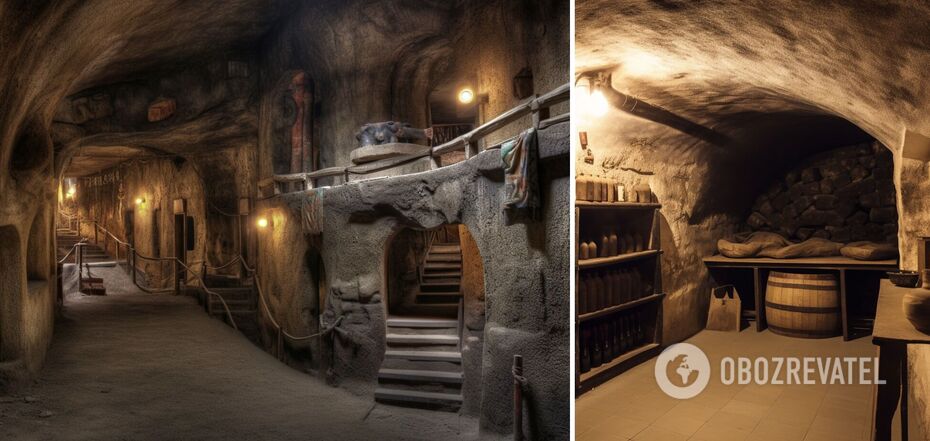Life
Can living underground save people from "hellish" warming: the answer is already there
Extreme weather events, the signs of which are already being seen on Earth this summer (temperatures reaching record highs and Antarctica losing ice at a furious pace) are likely to force people to make the rather difficult decision to leave their own homes. But we're not talking about a mass relocation to another planet, but a somewhat simpler, though not overly optimistic option, which is fleeing underground.
Science Alert tells us about it. History shows that even though the underworld in most world religions is always associated with life after death, people have already tried this way of life and it was not so bad.
The obvious advantage of living underground is that the rocks and soil absorb and retain heat, so the temperature in underground cities is usually much more balanced than on the surface. This would eliminate the need to rely on energy-intensive air conditioning or heating systems.
For example, 60 percent of people in the opal-mining town of Coober Pedy in southern Australia already live underground. The town's name comes from the Aboriginal phrase kupa piti, which means "white man in the hole."
The underground town has a stable temperature of 23°C, even when it reaches 52°C on the surface in summer and 2°C in winter.
At the same time, the town itself cannot be called archaic, because the people living there have quite luxurious dwellings with cozy living rooms, swimming pools and plenty of space.
At the same time, you do not need to go even tens of meters deep to get away from the heat. Houses must be at least 2.5 meters below the surface to prevent roof collapse.
Interestingly, one of the residents of such a town accidentally stumbled upon an opal worth $980,000 just installing a shower stall in his underground home. So life underground can be not only quite cozy but also profitable.
There are underground towns in other countries of the world. One of them was accidentally found in Turkish Cappadocia in 1963 when a local man discovered a secret passage behind the wall of his basement. He found not only a labyrinth of underground tunnels but also the lost city of Derinkuyu.
This underground city built as early as 2000 B.C. consisted of an 18-story network of tunnels extending 76 meters below the surface. Light and ventilation in the city was provided by 15,000 shafts. The city itself could not only house 20,000 people but also have churches, stables and warehouses.
Derinkuyu is believed to have been used almost continuously for thousands of years as a wartime refuge and was abandoned in the 1920s after the genocide and expulsion of Greek Orthodox Christians from the country.
While the outside temperature in Cappadocia fluctuates between 0°C in winter and 30°C in summer, the temperature in the dungeons remains at a cool 13°C.
Fruit and vegetables are now stored in the tunnels of the abandoned city.
As LiveScience writes, the idea of living underground permanently is not too attractive to people. This is also because the place is synonymous with death or hell. A certain number of people are also afraid of being trapped in a confined space or by a cave-in.
"We don't belong there... Biologically, physiologically, our bodies are just not designed for life underground," says Will Hunt, author of Underground: A Human History of the Worlds Beneath Our Feet.
The problem is that living underground for too long without access to daylight can throw off a person's biological clock, which can lead to several health problems.
Another risk is flash flooding. This should be considered as climate change promises to bring more extreme weather events such as hurricanes. If an underground city does not have a well-designed water drainage system, all of its inhabitants could die in a matter of minutes.
One should also not ignore the fact that rising surface temperatures can cause the ground to expand by up to 12 mm, which can result in structural damage to underground buildings.
Thus, for an underground environment to be acceptable to people, it must be safe and secure, have natural light, a good ventilation and provide a sense of connection to the world above.
Earlier OBOZREVATEL shared when people will be able to colonize Mars and other planets.
Subscribe to OBOZREVATEL channels on Telegram and Viber to keep up with the latest events.



























